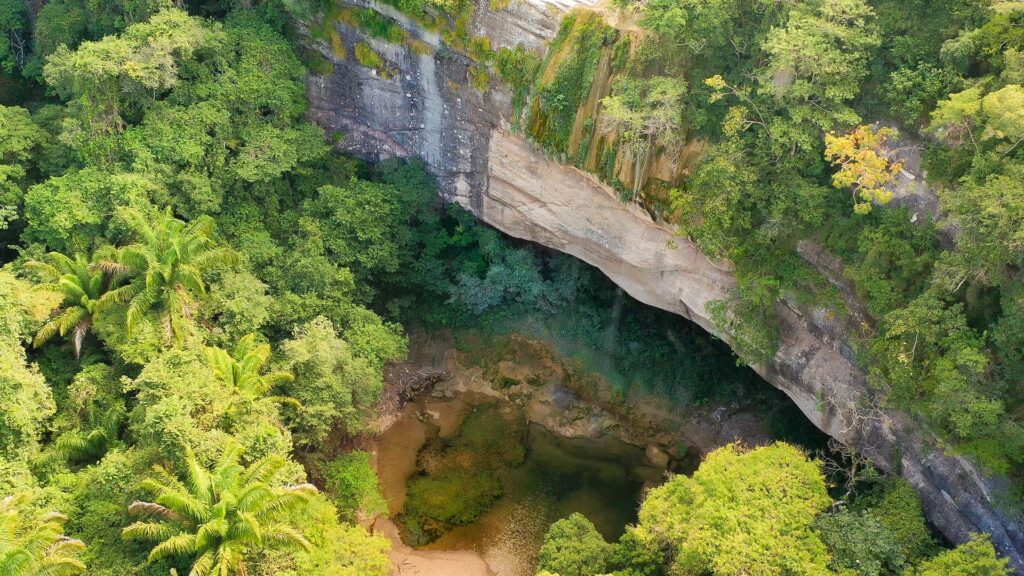
Andes Amazon Fund celebrates the creation of the Fuente de Vida municipal protected area, which spans 19,065 acres (7,715 ha) in the El Torno Municipality near Santa Cruz, Bolivia. “Fuente de Vida” translates in English to “Source of Life”, and refers to the new area’s protection of a critical water corridor, which safeguards freshwater sources for over 2.4 million people in the city of Santa Cruz.
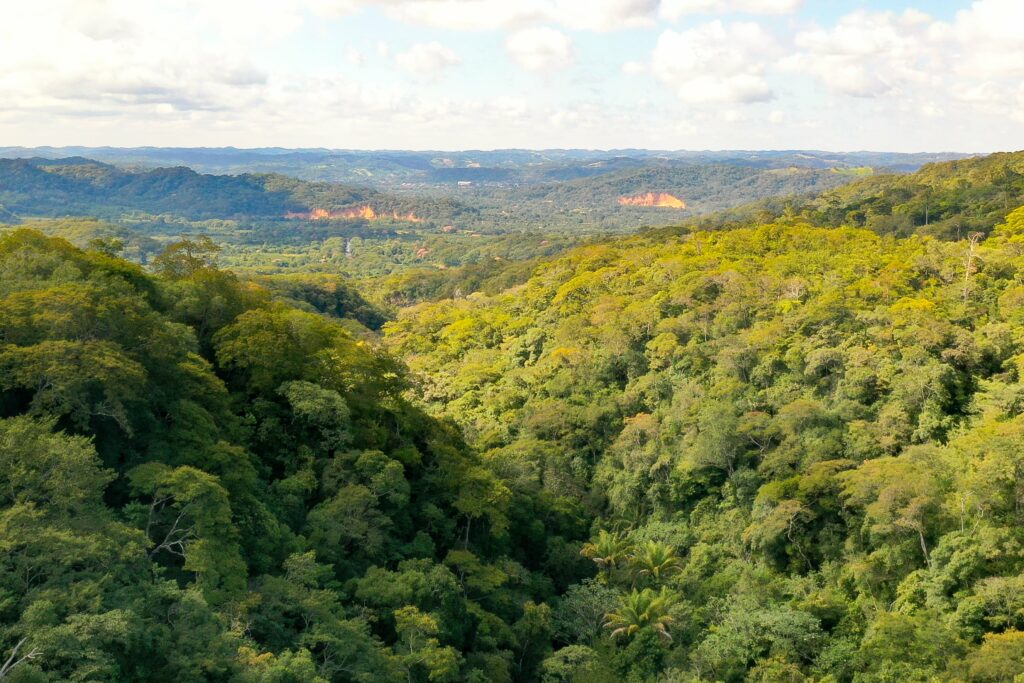
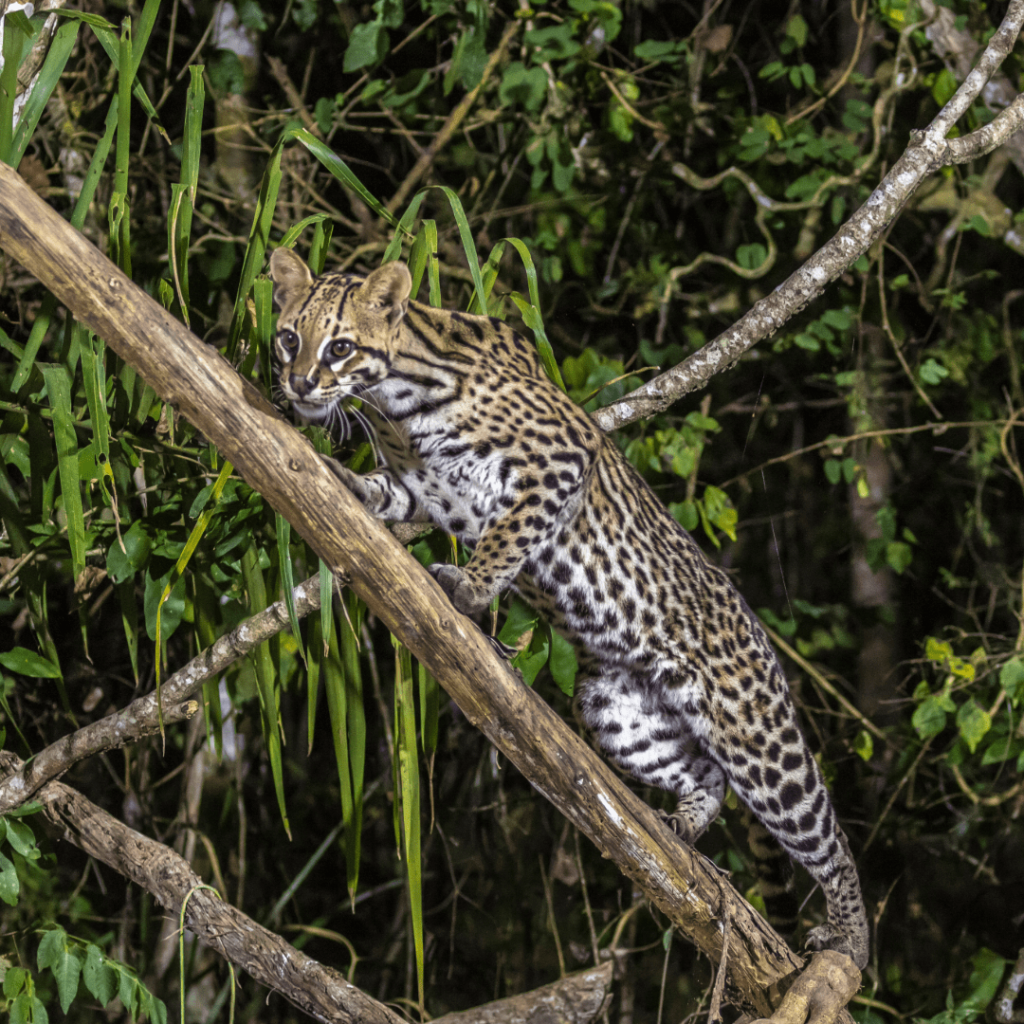
Conserving Chiquitano Forests and Extending a Wildlife Corridor
Fuente de Vida will protect dry Chiquitano forests, which serve as a transition zone between Bolivia’s moist Amazonian forests to the north and drier Chaco forests to the south. The new area also adds to a conservation corridor that includes the Carrasco and Amboró National Parks, providing species like the ocelot (Leopardus pardalis) and giant anteater (Myrmecophaga tridactyla) a broader range of habitat that stretches down to the Santa Cruz lowlands. Within the bounds of Fuente de Vida, camera traps have spotted mammals like the near-threatened margay (Leopardus wiedii) and the vulnerable Azara’s capuchin monkey (Sapajus cay).
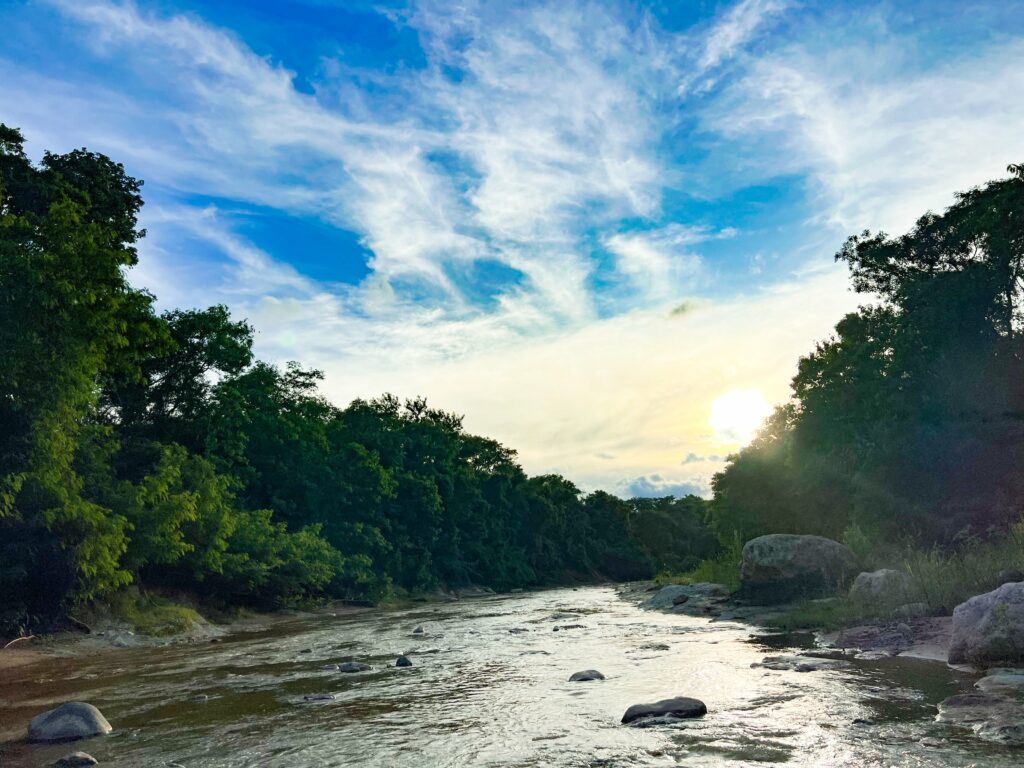
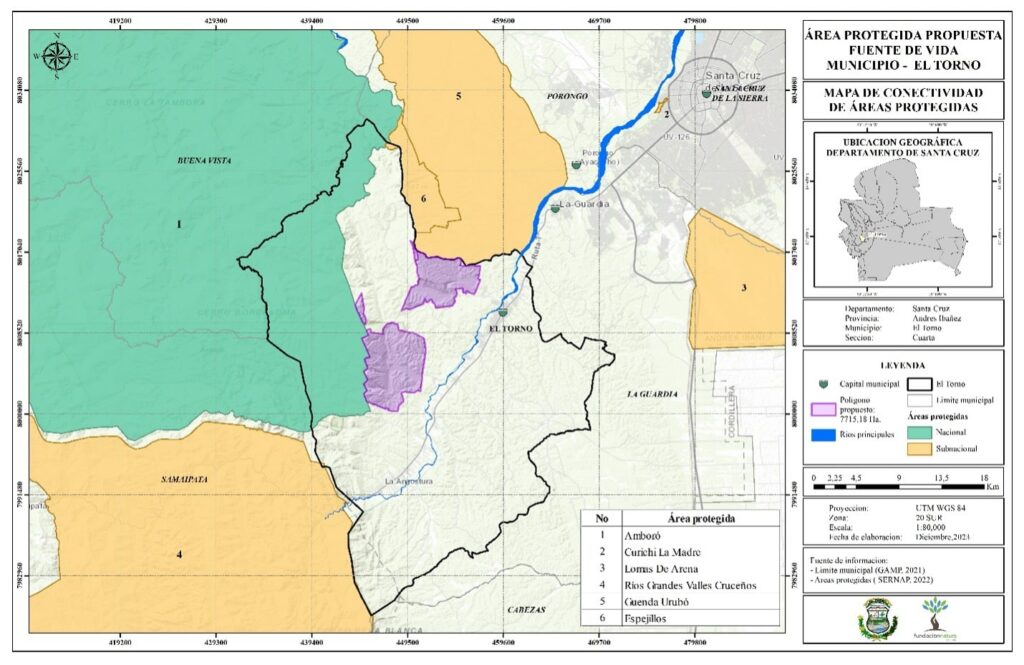
Improving Water Security for Bolivia’s Most Populous City
The Fuente de Vida municipal conservation area is home to an impressive network of waterways— its streams, rivers, and springs are all part of a hydrological system born in the mountains of the adjacent Amboró National Park. These waterways are key for ensuring the water security of downstream populations, including the greater metropolitan area of Santa Cruz. In addition to water storage, the forests and soils of the conservation area provide water filtration and flood protection, benefitting millions of people.
The establishment of Fuente de Vida also represents an important step towards mitigating the ever-present threats to the region, including mining and deforestation, while providing visitors a haven for responsible tourism and environmental education.
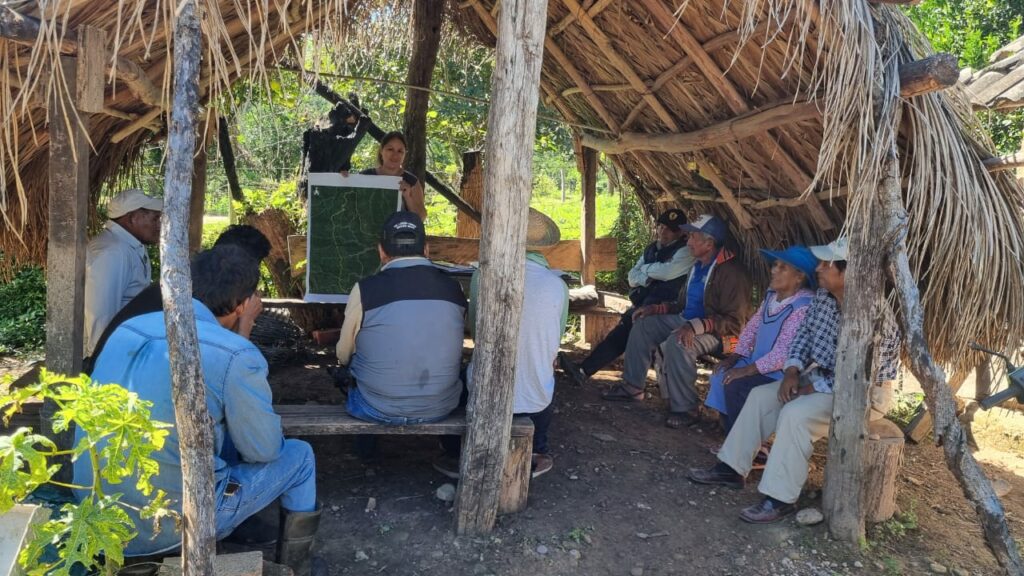
Acknowledgments
The creation of the Fuente de Vida municipal conservation area was made possible by the Autonomous Municipal Government of El Torno and the eight communities within the municipality who propelled the area’s establishment. Natura Bolivia provided technical support. Andes Amazon Fund’s financial support for this project was generously provided by the Wyss Foundation and by Art into Acres in partnership with Re:wild.
MAKE AN IMPACT
Learn how we can make an impact in our world together. Donate or get involved by subscribing to our email list:
